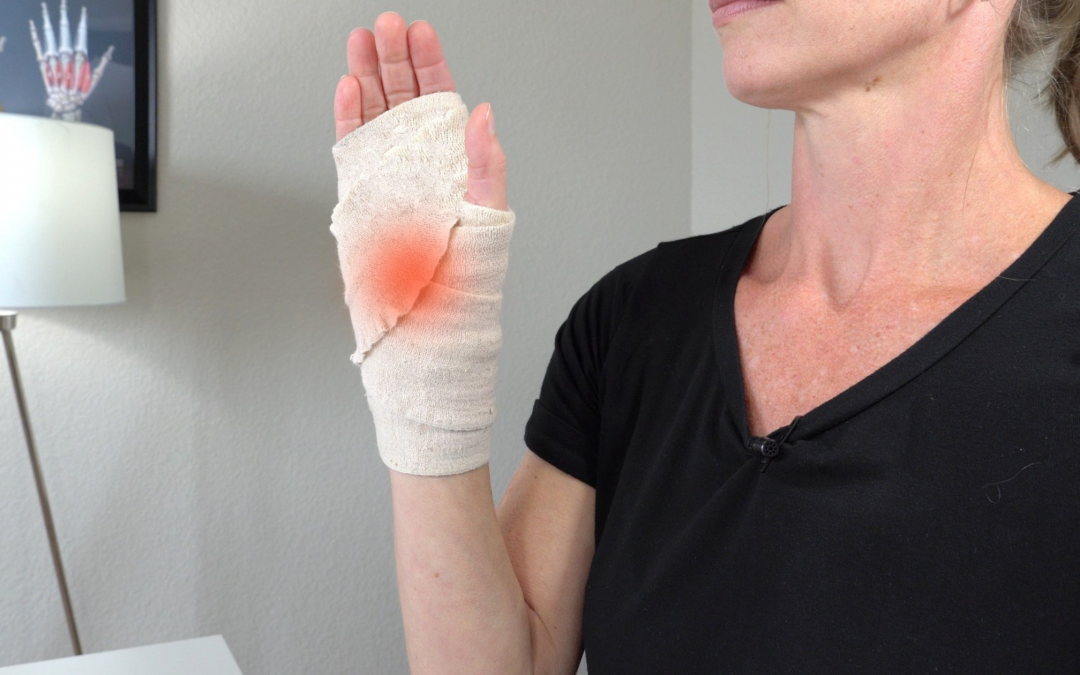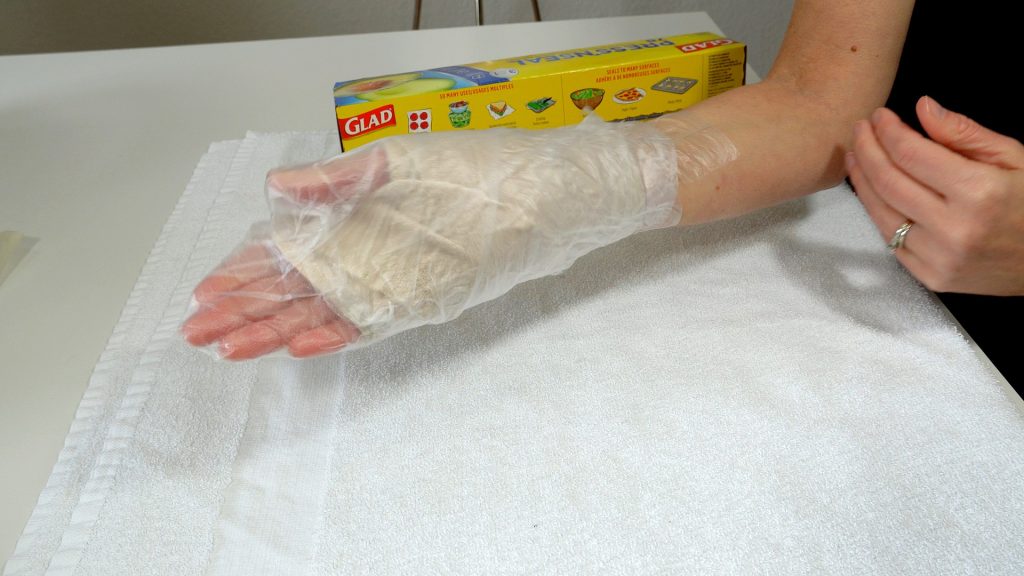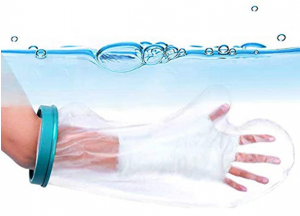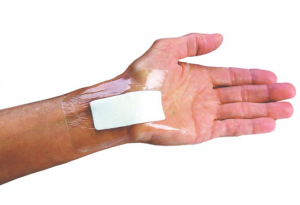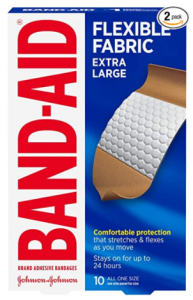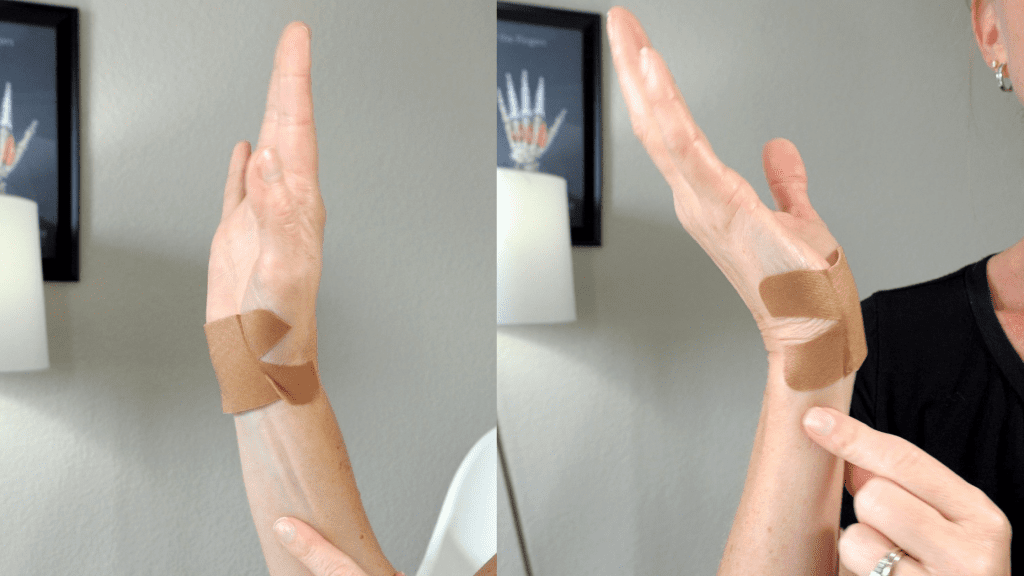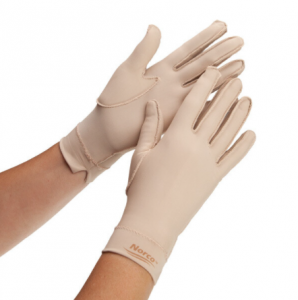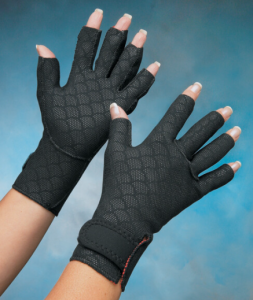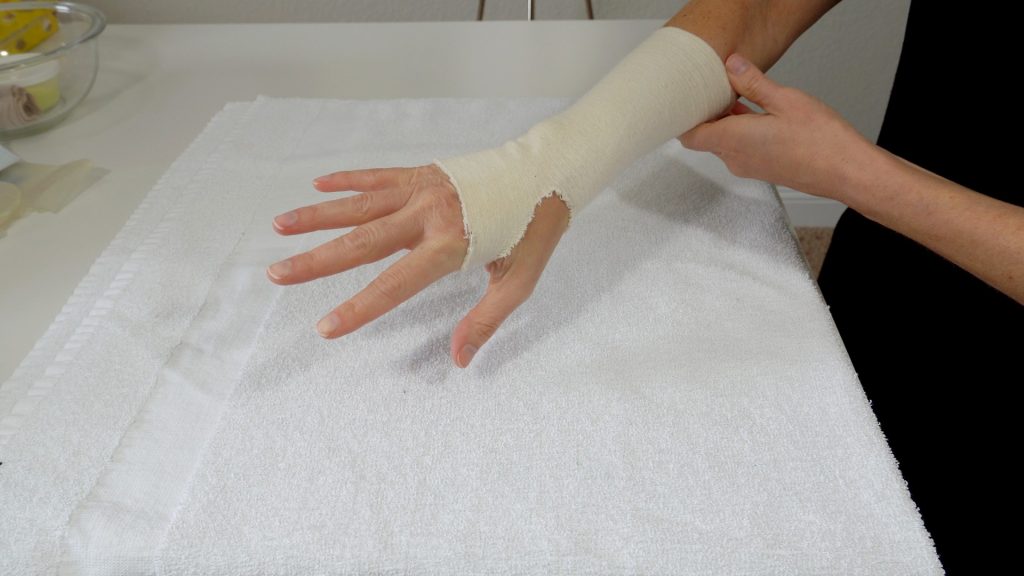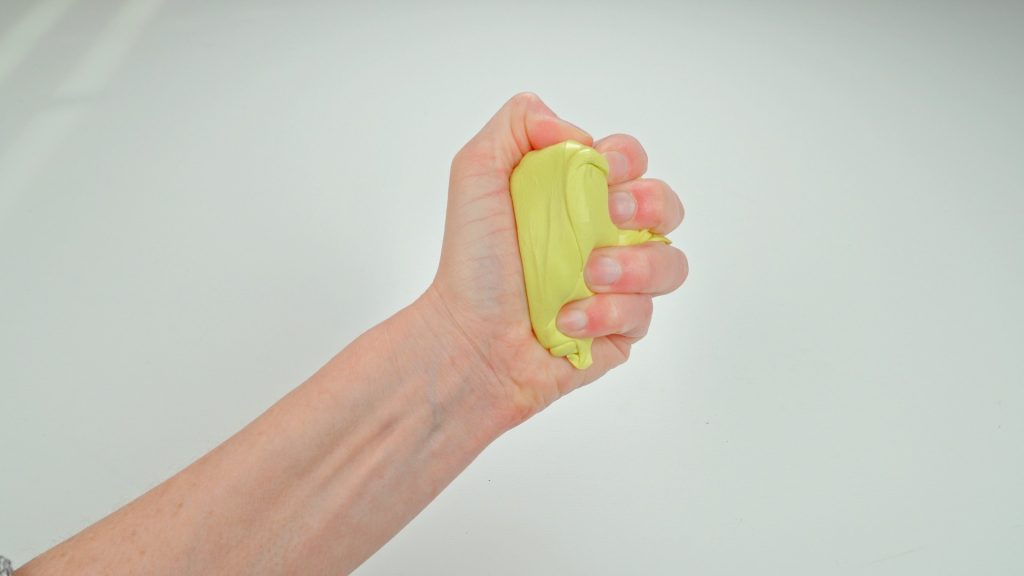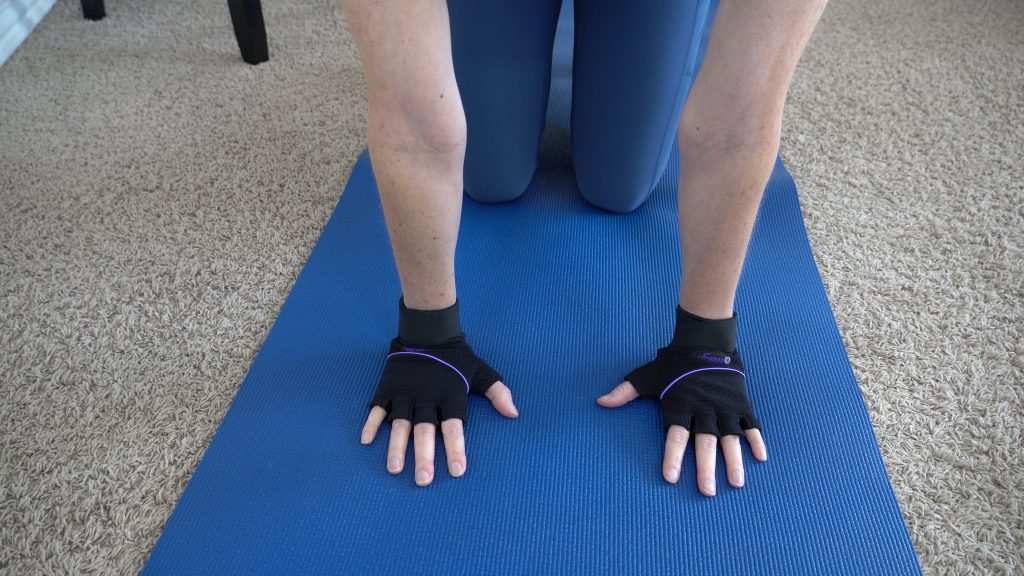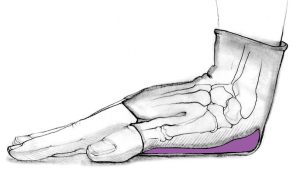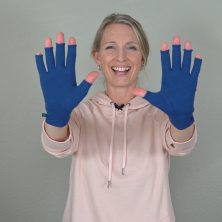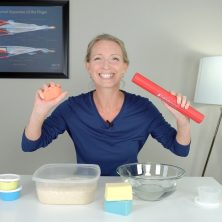The 6 Items You Should Have to Make Healing from Carpal Tunnel Surgery a Breeze.
Wouldn’t it be really helpful if someone would tell you how to prepare for carpal tunnel surgery, or any hand surgery, for that matter?
In reality, you learn about all the helpful items you should have purchased after your surgery.
By then, it can be too little, too late. You may not feel like driving right after surgery, or you’re just not in the mood to be searching online, waiting days for items to arrive.
Well, in this blog post I am going to share 6 items you should have to make healing from your Carpal Tunnel Surgery a more pleasant experience.
Or at least a little less stressful.
If you want to see these items up close, catch my Prepare for Carpal Tunnel Surgery YouTube video below.
Who doesn’t want to feel more comfortable after surgery?
It makes for a more enjoyable physical, and not to mention, mental recovery.
Whether you are scheduled to have your carpal tunnel surgery soon or you are here after your surgery, you will find many of these suggestions helpful.
As you know, your hand will be out of commission for a few days, or a few weeks. For some of you it may even take a few months for the sensation in your fingers to return back to normal.
Typically, doctors are great at explaining the surgical procedure and nurses do a great job teaching you about pain management.
However, no one ever shares tips on how to prepare for your surgery before.
Wouldn’t that save you a lot of time and headache?
That is why I have put a short product list together. The first 3 carpal tunnel products in this blog post can help you immediately after your surgery.
The last 3 items will be more applicable a few weeks after your carpal tunnel release surgery. This is when you may want to start strengthening your hand or putting weight into your palm.
Remember these are suggestions. There can be many other ways to prepare for your upcoming surgery.
But as always, follow the instructions given by your doctor.
Carpal Tunnel Surgery Preparation Item #1: Waterproof your post op dressing
It is very important not to let water get into your post-op surgical dressing.
Your doctor will likely instruct you to keep your dressing clean and dry to keep your incision free of possible infection.
So how can you shower without your dressing getting wet?
Size and thickness of surgical dressings vary greatly among surgeons. At least one of these suggestions should fit over your bandages.
Bread bag
The first easy and inexpensive hack is to use a bread bag. The next time you finish that last piece of bread, clean your bread bag.
They are the perfect size for your hand.
Just make sure to tape the bag around your arm. This can prevent water from leaking into the bag. Even then, you will want to avoid hanging your arm down.
I would suggest elevating your arm overhead while you are showering so that water will not seep through.
Even if the water is spraying or splashing the bread bag can keep your dressing clean and dry.
Press N’Seal
Another item that you may already have in your pantry is Press N’Seal. This is an alternative way to keep your bulky dressing dry instead of a bread bag.
Wrap several layers of Press N’Seal around your entire dressing. Then press down to seal the wrap around your dressing.
Since Press N’Seal does not completely adhere to your skin; I would keep your arm elevated. Again this will prevent the water from traveling down into your bulky dressing.
Waterproof Cast Cover
If you are looking for a more secure way to keep your incision dry, then I would recommend using a waterproof cast cover.
There are many types of cast or splint covers such as the Aqua Shield Reusable Orthopedic Cast cover.
With a cast cover you do not need to worry about the position of your arm. You can move your hand up or down in the shower. And water will not leak through. This will give you more peace of mind than the bread bag, or Press and Seal.
The downside to this is you will only need the cast cover for a short time. Probably less than 2 weeks. However, you could repurpose it to a friend or family member who’s had a hand injury.
Carpal Tunnel Surgery Preparation Item #2: Protect your incision
Once your surgical dressing comes off, you will want to keep your incision protected an additional week or 2.
Of course, this will depend if your incision is healed, when your stitches come out, and how much pain you have.
More than likely, your incision will still feel tender and sensitive. Plus, you may have steri-strips holding your incision together.
Usually at this time, you will be able to start active motion and use your hand more.
At this point, there is no need to cover your whole hand or arm when bathing. However, you will want to apply a waterproof film to continue to cover your healing incision.
For this, I really like using Tegaderm waterproof film.
This is a great way to keep your incision waterproof and dry while not hindering your mobility or function.
There are different sizes of Tegaderm. A good size for most wrists is 2’ ⅜ inches by 2’ ¾ inches.
But you will want to size according to your incision and hand.
I prefer Tegaderm because it keeps your incision covered, clean, and dry. As long as you seal the film around your incision.
Once your incision is healed, you may get the okay by your doctor to finally get your incision wet.
You may still feel the need to cover your incision for errands or trips out to public places. In this case, fabric flexible style Band-Aids are easy and inexpensive.
Since your carpal tunnel surgical incision is on or near your wrist, most band aids will just come off as soon as you start moving your wrist.
One little hack to keep the Band-Aid on your wrist longer is to cut 2 slits on the band-aid as shown. Then place it over your incision. The Band-Aid will conform to your wrist and stay on longer.
For the best fit, use these Extra Large flexible fabric Band-Aid. The size is 1 3/4inch by 4 inch.
Carpal Tunnel Surgery Preparation Item #3: Compression garments for swelling
You may notice an increase of swelling to your hand or palm after your surgical dressings are removed.
It is not uncommon to have swelling after carpal tunnel surgery, or any hand surgery.
Swelling and finger stiffness can be especially worse in the morning.
Wearing compression garments can help reduce your swelling. Plus you can wear them during the day or at night.
Putting on an edema glove before bed provides a light compression which can decrease the chance of swelling when you sleep.
When it comes to compression garments you have a few options.
I really like edema gloves and compression stockinettes.
There is no way to know how much your hand will swell if you haven’t had surgery yet. You will want to bookmark this page in your favorites, or save the video on YouTube.
If you recently had surgery then you will be able to measure yourself to get the appropriate size.
Edema gloves reduce swelling by providing a comfortable, uniform compression over your whole hand.
I really like this tipless finger edema glove because you can still feel objects you are touching, such as your phone. Plus it is long enough to provide compression at your wrist.
Another option for swelling management is compression stockinette. These usually come in rolls, or pre-selected length.
If you purchase the rolls you can cut them to fit the length of your hand and arm. These also come in different sizes.
One hack is to cut a small hole for your thumb. This allows the stockinette to fit over your hand and arm.
Addressing your swelling right after your surgery can help you manage your pain and stiffness.
The longer you keep swelling in the hand, the more it can negatively impact your motion and function.
Carpal Tunnel Surgery Preparation Item #4: Scar pad
After your carpal tunnel incision is healed, you will want to start caring for your scar.
Silicone gel pads can prevent raised scars if applied in the first several weeks of healing.
There is a lot of research that shows silicone gel pads, also known as silicone sheeting, can prevent raised or sensitive scars.
Another less expensive option, and just as effective, is paper tape. Both silicone pads or paper tape reduce external stress to your scar when it is healing.
Check out my scar treatment after shoulder surgery video here where I share more information about gel pads and the use of tape.
I also share my experience dealing with my own shoulder scar from a lipoma excision surgery. I had a big scar over my clavicle and I applied silicone gel pads and taping to manage my own scar.
You can find silicone gel pads on the Virtual Hand Care store here or on Amazon here.
Carpal Tunnel Surgery Preparation Item #5: Putty
The 5th item on my how to prepare for carpal tunnel surgery list is therapy putty. Putty is a fun, effective way to increase your grip and pinch strength after hand surgery.
Of course, you will want to follow your doctor ‘s protocol or ask your doctor when you can start squeezing the putty.
Typically, strengthening is started 4-6 weeks after your carpal tunnel release.
Therapy putty comes in different resistances from light to heavy. And is a staple in any hand therapy clinic.
As expected, your hand is going to feel weak. It is going to take you several months to get your grip and pinch strength back.
Putty not only increases your hand strength, but you can use it to work on improving your fine motor dexterity.
Dropping and fumbling small objects is a common problem with carpal tunnel syndrome due to weakness and loss of sensation.
This may have been a big reason why you had surgery.
Griping and pinching the putty can help you get the function back in your fingers and thumb.
It is beneficial to start with a softer resistance, or strength, such as this soft putty. Keep in mind, always check the levels of resistance before you purchase.
Each brand has different colors ranging from very soft to extremely hard. Fortunately there are many exercises you can do with the putty. You can check those out here.
Carpal Tunnel Surgery Preparation Item #6: Gel padded gloves
As you heal, your motion and strength will start to return. Many daily activities will become easier for you.
However, certain activities that require you to put weight into your hand or wrist may continue to cause pain.
Commonly, pressure on your scar or palm will be tender.
To address this, I like using WAGS. Also known as, Wrist Assured Gloves.
These gloves are perfect for somebody that has palmer soreness or tenderness but they want to get back to doing activities such as push-ups or riding a bike.
For some of you typing on the keyboard may still cause soreness and wearing an edema glove, as stated above, or the WAGS can help.
These gloves have a thick padding for your palm. So they can provide a cushion and protect your scar.
You can learn more information about these gloves on my product review video here. Or you can purchase the WAGS gloves here.
If this all sounds too complicated, make sure you see a hand therapist.
Seeing a hand therapist in person, or through video, can get you on the road to recovery faster with a customized therapy program.
Conclusion: How to Prepare for Carpal Tunnel Surgery
By now, you have a list of a couple items you may want to purchase to make your carpal tunnel surgery recovery smoother.
But more importantly, these items can help you get a little closer to using your hand more normally again.
Remember a big part of your carpal tunnel surgery recovery is movement. These exercises are a great place to start!
Disclaimer: Many of the products listed in this blog post are affiliate links. I will earn a small commission for qualifying purchases.

